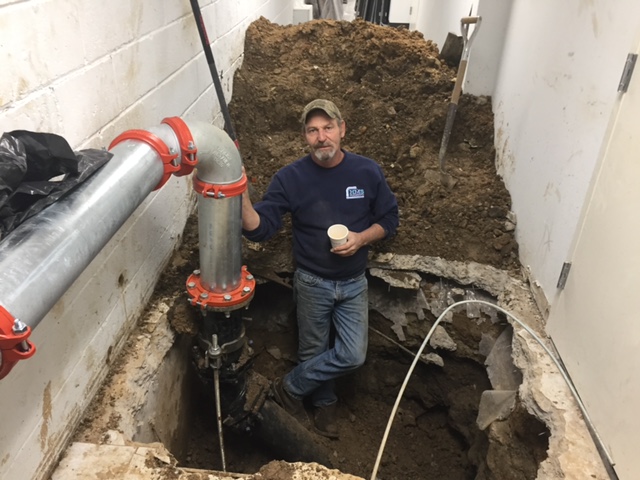A plumbing emergency can strike at any time, and it’s essential to know how to handle the situation before the plumber arrives. Water leaks, burst pipes, or clogged drains can wreak havoc on your property, causing significant damage if not addressed promptly. In this article, we’ll guide you through the steps to take when facing an emergency plumbing situation, ensuring that you can minimize damage and protect your home.
Stay Calm and Assess the Situation
The first and most crucial step when dealing with a plumbing emergency is to stay calm. Panicking can lead to poor decisions and make the situation worse. Take a deep breath, and then assess the situation. Identify the source of the problem and the extent of the damage. This initial assessment will help you communicate effectively with the plumber when they arrive.
Shut Off the Water
The next step is to shut off the main water supply to your home. Knowing the location of your water shut-off valve is essential. Typically, this valve is located in the basement, utility room, or near your water meter. Turning off the water will prevent further water damage and flooding while you wait for the plumber.
Gather Essential Tools
While you wait for the plumber to arrive, gather some essential tools that may help you temporarily address the issue. These tools include:
- Bucket or Container: Use it to collect any dripping water or sewage.
- Towels or Rags: Use them to soak up excess water.
- Plumber’s Tape: Handy for temporarily sealing minor leaks.
- Plunger: Effective for dealing with minor clogs in sinks or toilets.
- Pipe Wrench: Useful for tightening loose pipes or fittings.
Having these tools readily available can make a significant difference in managing the situation until the plumber arrives.
Communicate with the Plumber
When you call the plumber, provide them with clear and concise information about the issue. Explain the situation, the location of the problem, and any actions you’ve taken so far. This information will help the plumber come prepared with the right equipment and materials to fix the issue efficiently.

Turn Off Appliances
If the plumbing emergency involves a malfunctioning appliance, such as a dishwasher or washing machine, turn off the appliance and unplug it if possible. This prevents further damage and ensures the safety of your electrical systems.
Clear the Area
Ensure that the area affected by the plumbing emergency is clear of valuable or sensitive items. Move furniture, electronics, and other belongings away from the affected area to prevent damage.
Stay Safe
Safety should always be a top priority when dealing with plumbing emergencies. If the situation involves exposed wires, gas lines, or sewage, it’s best to stay away from the affected area and wait for the plumber to arrive. Never attempt to fix complex issues yourself, as it could lead to more significant problems or personal injury. If you found this article interesting about plumbing, it is very likely you will enjoy further reading at https://hi-techplumbingandair.com/plumbing-hobe-sound/.
Conclusion
Dealing with emergency plumbing situations can be stressful, but knowing what to do before the plumber arrives can make a significant difference in minimizing damage and protecting your home. Remember to stay calm, shut off the water, gather essential tools, communicate effectively with the plumber, and prioritize safety at all times.
By following these steps, you’ll be better prepared to handle unexpected plumbing emergencies and ensure that your home remains safe and secure.
